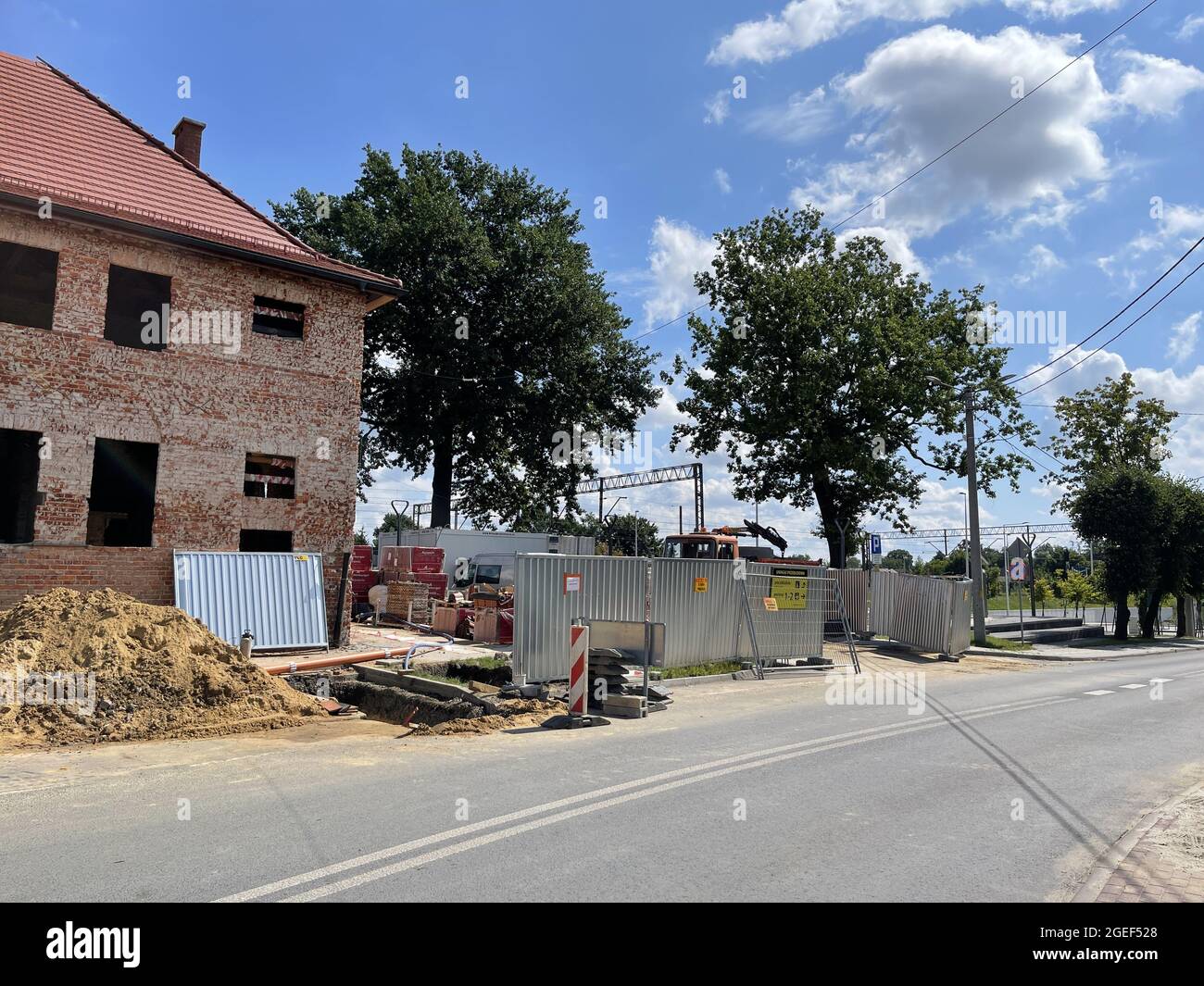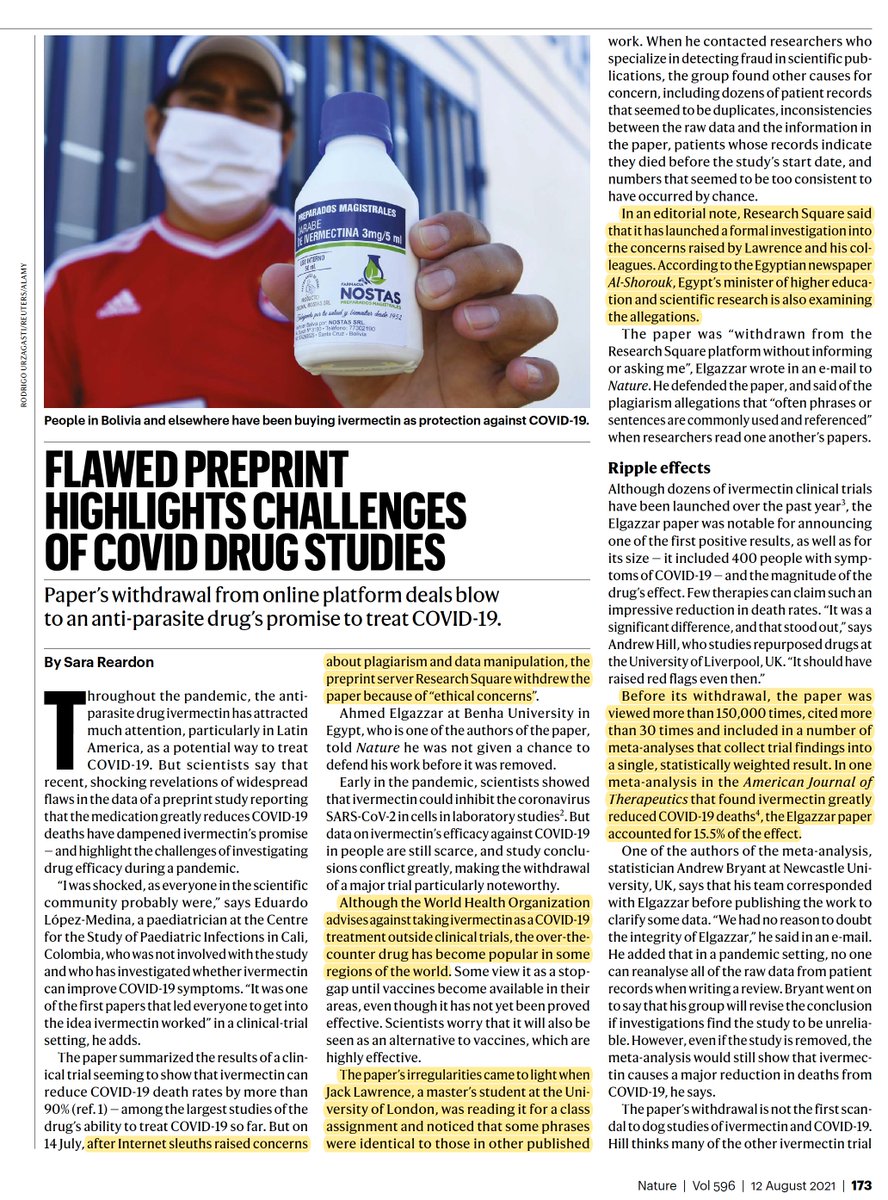

#Parasite in city save data simulator
Airborne Kingdom’s world is a fantasy of inexhaustibility: necessities such as wood, coal and food respawn between harvests, though this is partly explained away as foragers reseeding the soil.Īirborne Kingdom is a prototype hotel simulator that evolved rather dramatically into a game about a flying metropolis seeking to reunify a shattered global community The Wandering Band LLC Mumbach acknowledges that the game doesn’t really address these implications, nor does it seriously resist the tendency in city simulations to “just vacuum up resources and be an earth-destroyer”. The game doesn’t have a military component, but there’s an implicit violence to the fact that only your city has agency – a sense that you are playing out a fantasy of ‘benign’ intervention. The problem with Airborne Kingdom’s cosmopolitan wandering is that it can also be read as sanitised imperialism. “I think it’s shallow and clumsy in our game, but we had this idea that if you gather people from all over, you’re just going to become stronger,” Mumbach says.

Airborne Kingdom offers a playable rebuttal: your city prospers only by incorporating technologies, architecture and people from the ground-dwelling communities it visits.

It was created partly in response to Trump’s vilification of migrants, says developer Zach Mumbach. Released this spring, Airborne Kingdom is an earnest statement about the importance of cultural mingling at a time when tens of millions have already been uprooted by climate change-induced disasters. “We’ve found some really interesting game mechanics where you can take resources out of the Onbu – it has a liver or lungs, and you can pump out certain fluids as fuel.” But you’ll also need to communicate with the creature, encouraging it to visit certain regions so that you can gather rarer resources and blueprints left behind by one of gaming’s many mysterious ancient civilisations. True, the Onbu is something of a passive natural resource: you’ll grow crops on it, cobble together houses from its surface materials, and potentially even drill into it for energy. Where most city sims treat the environment as inert matter waiting to be paved over or processed, The Wandering Village requires you to form a bond with the organism underfoot. It takes inspiration both from Studio Ghibli’s Nausicaä of the Valley of the Wind and James Lovelock’s famous Gaia Hypothesis – the idea that creatures and their environment together form one self-regulating system. The concept reflects studio co-founder Philomena Schwab’s entwined interests in biology and game design. Games often promise a ‘living, breathing world’, but this is literally the case for Stray Fawn’s upcoming The Wandering Village, in which you raise a settlement on the back of a massive chimerical beast, the Onbu, as it roves a planet consumed by toxic spores. These games come in many shapes and sizes, but they all ask the same questions: how much of contemporary urban existence can be salvaged when cities can’t afford to sit still? And what idea of society arises in the process? But most curious of all are the games in which cities are mobile – nomad fantasies that blend awareness of a dawning age of climate refugeeism with the utopian or satirical visions of twentieth century architects and futurists.

#Parasite in city save data generator
Others explore cynicism and despair: Frostpunk sees you pitching tents around a coal generator in the Arctic circle, while Industries of Titan is about raising huge factory-slums on a polluted moon. Some try to fix the damage: Terra Nil is a “reverse” builder in which you rewild wastelands. There has been a surge of games in the past decade that reinvent the genre, departing from the build-produce-expand formula laid down by 1989’s SimCity. One small consequence of all this is a crisis of conscience for the developers of city-building games – all struggling to imagine the city’s future while reckoning with mass urbanisation’s role in bringing on the climate crisis we now face. Inland settlements can look forward to fires, heatwaves and drought compounded by the “heat island” effect of vast expanses of concrete with minimal greenery. According to the C40 Cities Climate Leadership Group, 570 cities will face catastrophic flooding due to sea-level rises over the next thirty years, with hundreds of millions of people at risk of displacement. As the climate crisis deepens, the city as we know it is becoming an endangered species.


 0 kommentar(er)
0 kommentar(er)
